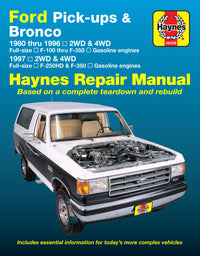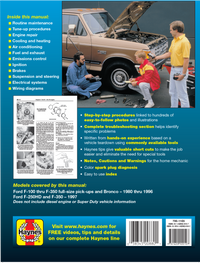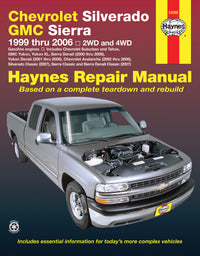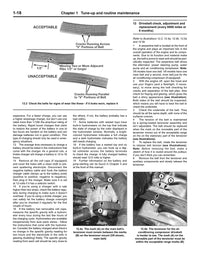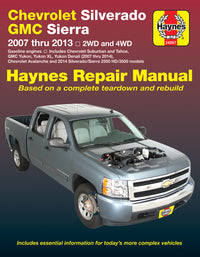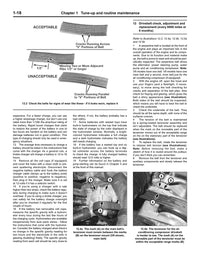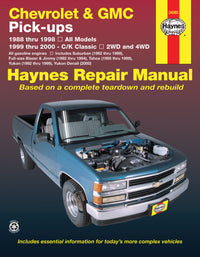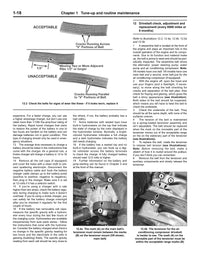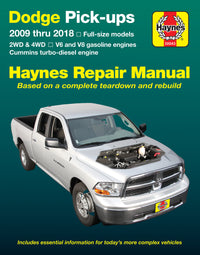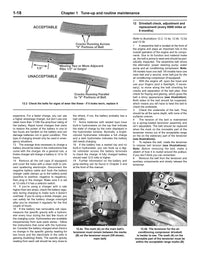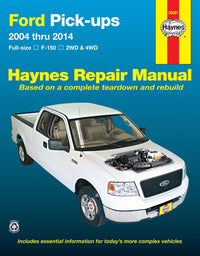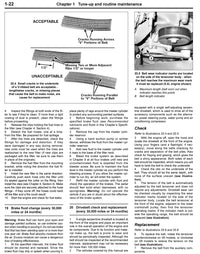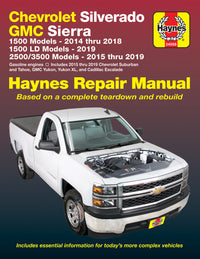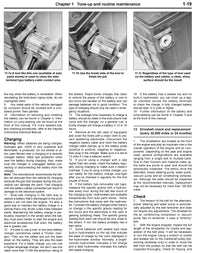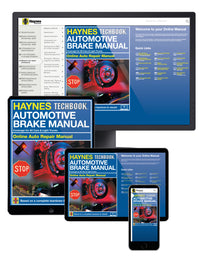A heavy-duty truck like the GMC Sierra 3500 feels like having a powerhouse at your command. From towing enormous trailers to hauling equipment that smaller trucks can’t handle, the 3500 delivers capability that inspires confidence.
Between 2020 and 2024, GMC refined the Sierra lineup with bold styling, high-tech interiors, and a mix of gasoline and diesel engines for serious work. On paper, it looked like the perfect balance of strength and refinement.
Ask owners who put their trucks through real-world tests, and another side of the story appears. Reports of transmissions that shudder under load, brakes that lose bite without warning, and electronics that flicker out at the worst moments remind us that even the best trucks have weaknesses.
The 2021 GMC Sierra 3500 problems highlight how important it is to understand not just the truck’s strengths but also its shortcomings. Knowing these issues ahead of time gives drivers the chance to stay ahead of repairs and keep the truck working as hard as it was built to.
Understanding 2021 GMC Sierra 3500 Problems
When the 2021 GMC Sierra lineup launched, reviewers praised its modern infotainment system, high-capacity towing features, and engine variety, including gasoline and Duramax diesel options.
Yet beneath the attractive upgrades, reports soon surfaced of reliability challenges. Consumer watchdog groups and owners alike began pointing out concerns ranging from shuddering transmissions to braking system failures.
The Sierra 3500 was not alone. Its smaller sibling (the Sierra 1500) also faced widespread complaints about transmission replacements, brake defects, and power equipment breakdowns. While GM addressed some of these through recalls, others continued to surface in later model years, particularly under demanding conditions. These problems stood out for a truck marketed as a heavy-duty powerhouse.
● Transmission Malfunctions
A heavy-duty truck like the Sierra 3500 lives or dies by its transmission. No matter if you’re towing a trailer or hauling heavy cargo, smooth power delivery is a must. Yet many owners of 2020–2024 models reported similar complaints: rough shifts, shuddering under acceleration, and hesitation when climbing hills. Some trucks even experienced total failure, leaving drivers stranded.
The issues echoed problems seen in the Sierra 1500. Faulty reaction carrier rings in the transmission’s rotating assembly forced GM to replace units outright in early 2021.
While the 3500’s Allison ten-speed was meant for tougher use, software calibration problems and component wear still caused frustration. In real-world driving, that meant drivers felt clunks between gears or sudden vibrations at highway speeds. Left unchecked, these symptoms could escalate into costly repairs.
● Brake System Concerns
Stopping power is even more important than horsepower when driving a truck that weighs nearly four tons and often tows double that behind it. Unfortunately, Sierra 3500 drivers frequently reported brake-related issues, including premature rotor wear, sticking calipers, and sudden ABS malfunctions.
Owners described scenarios where braking power faded without warning, even on relatively new trucks. This created tense moments for those hauling equipment or livestock trailers when approaching intersections or descending steep grades. Some drivers also mentioned unusual noises when pressing the pedal, a sign of underlying wear that could lead to total failure if ignored.
The reference to the Sierra 1500 recalls highlights how widespread brake issues were across GM’s full-size trucks during this period. For the 3500, the heavy weight of the truck magnified the risks and made routine inspections necessary.
● Electrical And Power Equipment Failures
One of the draws of the Sierra 3500 was its upscale interior. Higher trims offered heated and cooled seating, digital driver displays, advanced infotainment, and even power tailgates. But the more technology GM added, the more opportunities there were for things to go wrong.
Drivers reported electrical glitches such as malfunctioning seat motors, frozen touchscreens, and shorted wiring in windows and mirrors. In rare cases, wiring problems caused overheating that risked electrical fires. More concerning still were power steering failures, where assist suddenly cut out mid-turn. At low speeds, especially when backing trailers, the loss of steering support made maneuvering extremely difficult and dangerous.
● Engine Faults
With the Sierra 3500, GMC offered a wide range of engines: the 6.6L gasoline V8 and the 6.6L Duramax turbo-diesel being the most popular. Both options had strong reputations, yet they were not without issues.
Gasoline models occasionally experienced stalling and hesitation, particularly when towing or climbing steep grades. Diesel owners dealt with injector problems, DEF system malfunctions, and power loss that limited acceleration to unsafe levels on the highway. Reports of engines refusing to accelerate beyond 60 mph were especially troubling, echoing stalling complaints seen in the Sierra 1500’s larger V8 options.
While warning lights such as the check engine indicator usually came on, many owners said problems began before any alerts appeared. That left little time to react before the truck shuddered or lost power altogether.
● Build Quality And Reliability Issues
Beyond the big-ticket mechanical concerns, Sierra 3500 models from this generation also revealed smaller but persistent build quality issues. Drivers noted rattling interior panels, water leaks around the sunroof, and malfunctioning power tailgates. Compared to competitors like the Ford Super Duty and Ram 3500, the GMC Sierra sometimes fell short in long-term reliability ratings.
How We Can Help
Knowing what to expect is the first step, and having the correct repair information at hand makes all the difference. At Haynes Manuals, we provide clear, vehicle-specific repair guidance that walks you through the issues Sierra owners face most often.
Our GMC Sierra 3500 HD Manual covers key maintenance and common repairs for earlier heavy-duty models. Driving a GMC Sierra 2500 instead? Our GMC Sierra 2500 HD Manual offers insights that apply directly to the current platforms, including engine, drivetrain, and electrical systems.
If you own a Sierra 3500 from this generation, you already know its strengths. With the proper guidance, you can tackle its weaknesses too. Don’t wait for small symptoms to grow into costly repairs. Get the Haynes Manual that matches your model year and put the power back in your hands.

